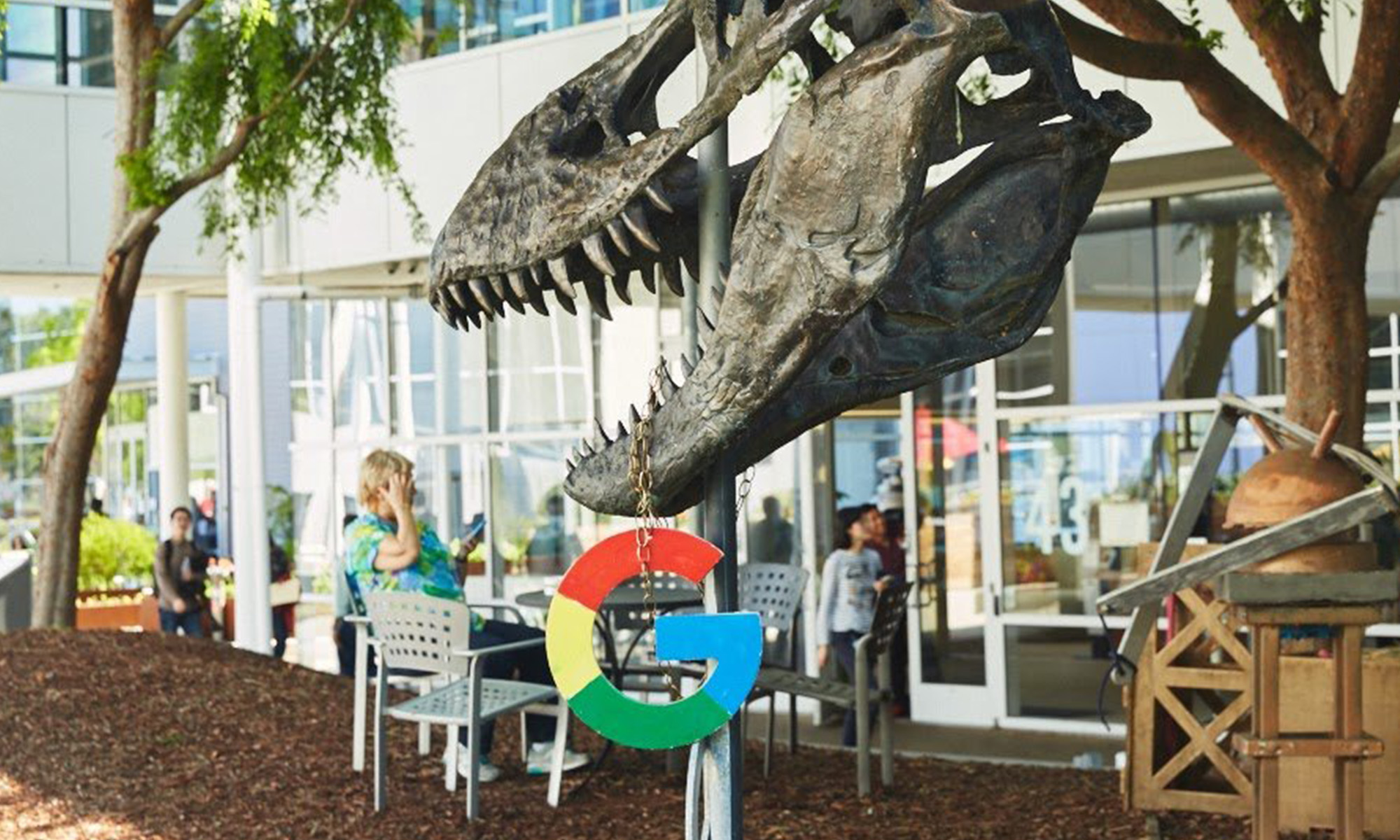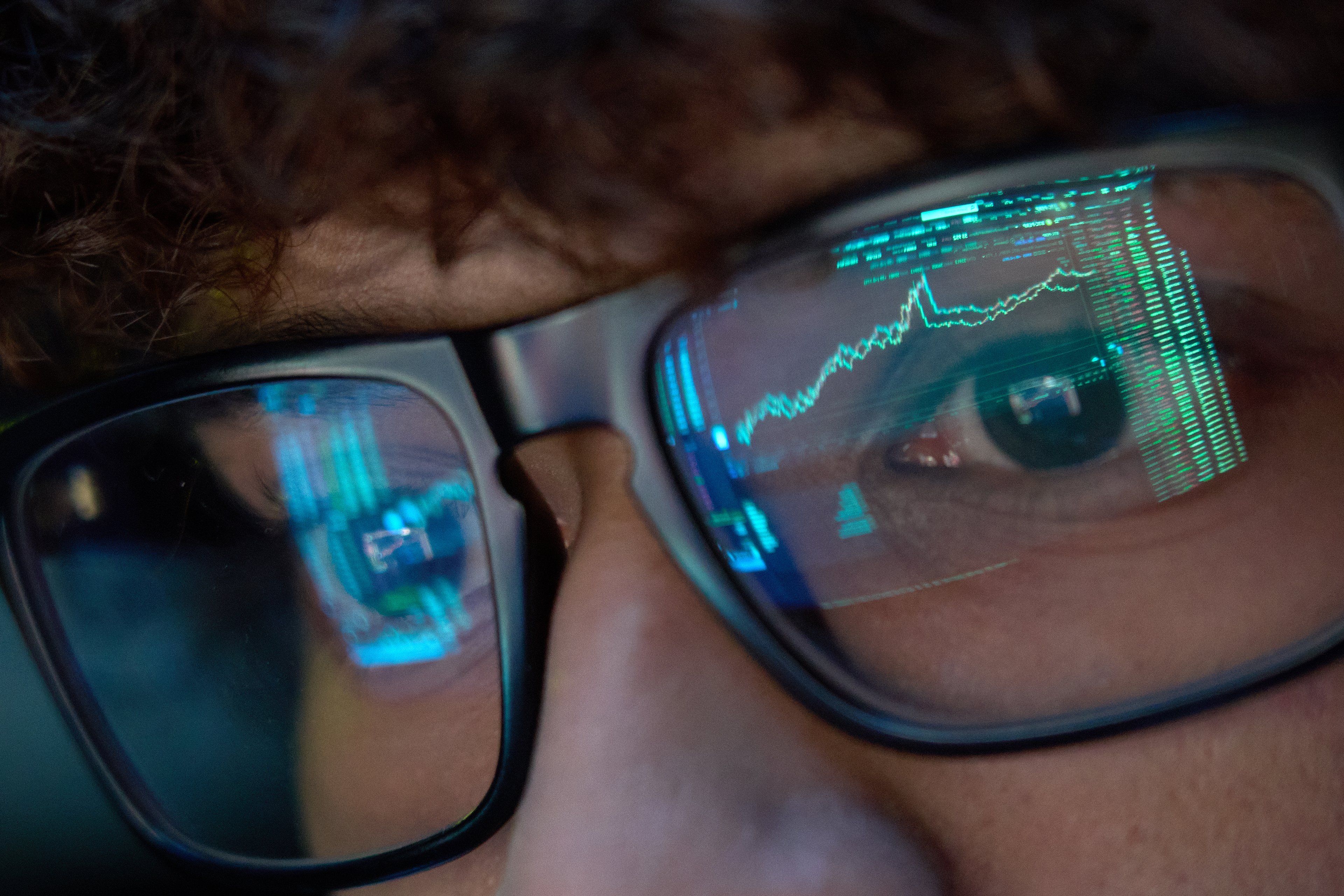Facebook (FB +0.69%) CFO Dave Wehner warned investors about a continued slowdown in Facebook's ad revenue growth in the second half of 2018 during the company's second-quarter earnings call. "We expect our revenue growth rates to decline by high single-digit percentages from prior quarters sequentially in both Q3 and Q4," he told analysts. That would put the overall growth rate in the mid-to-high 20% range for the next couple of quarters.
Analysts aren't convinced there's much need to be so cautious. Wall Street expects 33.5% sales growth in the third quarter and 25.9% growth in the fourth quarter.
Facebook's flagship site has seen slowing ad-spend growth for a long time now, but Instagram is growing quickly and has a lot of room to keep winning advertising budgets. Facebook's flagship site grew revenue an estimated 25% in the third quarter, according to marketing agency Merkle, but Instagram ad spend increased 61% last quarter. Here's how it's growing, and what investors should expect when the company reports third-quarter results next Tuesday.

Image source: Facebook
Where's the growth coming from?
There are two factors driving an increase in ad spend on Facebook's properties. The first is an increase in impressions. As Facebook and Instagram grow their user bases, there are more opportunities for Facebook to show ads. The second factor is an increase in price. If Facebook can produce greater return on investment for advertisers, they'll be willing to pay more. That's especially true in an environment where ad supply is constrained.
Here are Merkle's growth estimates for impressions and average ad price in the United States during the third quarter.
|
Metric |
|
|
|---|---|---|
|
Impression growth |
6% |
58% |
|
Ad price growth |
18% |
1% |
|
Total ad spend growth |
25% |
61% |
Data source: Merkle.
Facebook's growth is largely driven by increasing ad prices, while Instagram's growth is driven by increased impressions. It's worth noting that Merkle estimates Facebook's U.S. ad-impression growth is outpacing its daily active user growth rate in the United States despite changes Facebook made to the news feed earlier this year. If that trend holds true in the rest of the world, it could imply even greater growth outside the United States, where user growth is stronger.
Meanwhile, nearly all of Instagram's ad-spend growth stems from an increase in impressions. Instagram's user base is growing rapidly, topping 1 billion users in June, up from 800 million in September. On top of that, Facebook is increasing the number of ads in people's feeds and in Instagram Stories.
What do the combined results look like?
Instagram advertisers spent about 19% of what Facebook advertisers spent in the third quarter, according to Merkle's data. That implies total revenue increased about 30.7%. That's above Wehner's outlook, but still below the Wall Street analysts' consensus.
There are reasons to be cautious about Facebook's growth in the third quarter. The company has faced considerable backlash this year, and the third quarter didn't offer much respite. Additionally, Facebook was extremely conservative when it came to moderating political advertisements, which may have negated the positive impact that advertising businesses like Facebook usually see around election seasons.
Facebook's results may be better than Wehner's outlook, but it wouldn't be a complete surprise if the analysts are expecting too much.
There's still a lot of room for growth at Instagram
The good news for Facebook investors with a long-term outlook is that Instagram still has plenty of room for growth. The fact that nearly all of its revenue growth stems from an increase in ad impressions is a sign that Facebook hasn't maximized the pricing power of advertising on Instagram.
Instagram has yet to prove as effective as Facebook as a way to convert browsers into buyers. Instagram ad impressions totaled 20% of the ad impressions on Facebook, but those impressions generated just 12% of the number of clicks produced by Facebook ads. In other words, Instagram users click on ads 40% less than Facebook users. That may be due to the type of ads on Instagram (more branded images and fewer direct calls to action), but it presents an opportunity for improvement.
What's more, with 1 billion monthly active users, nearly half as many as Facebook, Instagram should be producing about half as many ad impressions. But Instagram users historically exhibit very high engagement on the platform, so the ad capacity should actually be even greater than that. That's to say, Instagram can easily double its ad impressions without growing its user base at all.
Investors should look for management commentary on Instagram's monetization efforts, which should be a highlight for Facebook if it misses analysts' expectations.






